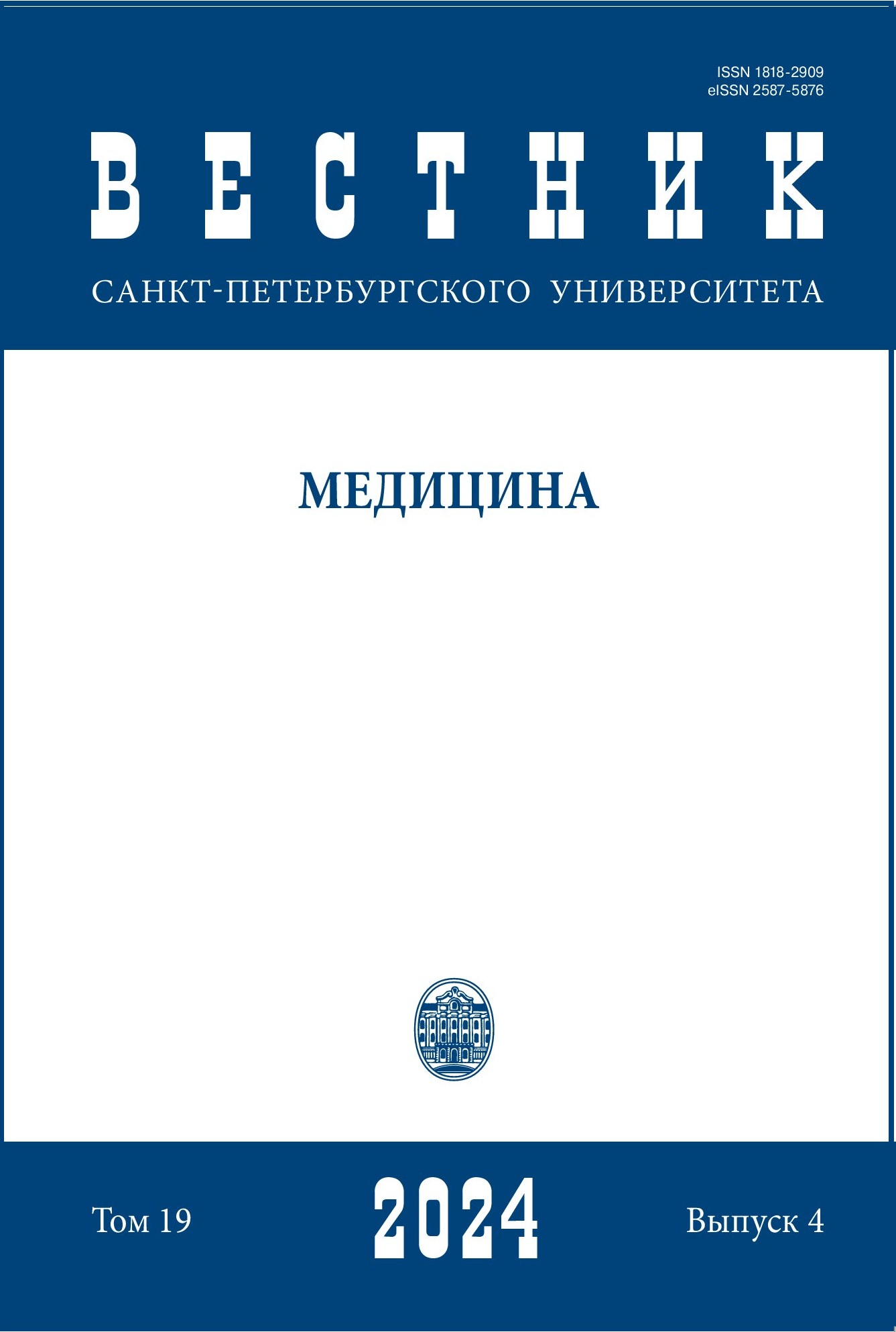Postextrasystolic potentiation: relationship with coupling interval and compensatory pause of ventricular ectopic beats
DOI:
https://doi.org/10.21638/spbu11.2024.403Abstract
Postextrasystolic potentiation refers to an increase in the strength of sinus heart contractions following a ventricular extrasystole, which is associated with changes in calcium metabolism in the heart muscle, particularly its release from the sarcoplasmic reticulum. It is generally believed that a reduction or absence of postextrasystolic potentiation may indicate decreased myocardial contractility in various cardiovascular diseases. However, the influence of the characteristics of the ventricular extrasystoles themselves on this phenomenon, in the absence of structural heart changes, has been scarcely evaluated. In this study, using the example of ventricular parasystole and a method of arterial blood pressure assessment with each heart-beat, the influence of the coupling intervals of ectopic beats and the duration of compensatory pauses on postextrasystolic potentiation was examined. It was shown that there is a significant correlation between the coupling interval and the duration of the compensatory pause: the shorter the coupling interval, the longer the subsequent pause. The systolic and diastolic blood pressure of post-ectopic sinus beats were found to be lower than in other sinus beats. Moreover, these values were lower following ventricular parasystole when the coupling interval was shorter. The systolic blood pressure values of the heartbeats following ventricular parasystole were higher, the longer the post-ectopic pause lasted. No significant correlation with diastolic blood pressure was found. These relationships were identified in patients without structural heart changes and should be considered when studying postextrasystolic potentiation in patients with cardiovascular diseases.
Keywords:
postextrasystolic potentiation, ventricular extrasystole, parasystole, premature ventricular contractions, beat-to-beat method, arterial blood pressure measurement for each heartbeat
Downloads
References
Syndrome, long QT syndrome, short QT syndrome and CPVT // Minerva Cardioangiol. 2010. Vol. 58,no. 6. P. 623–36.
References
Downloads
Published
How to Cite
Issue
Section
License
Articles of "Vestnik of Saint Petersburg University. Medicine" are open access distributed under the terms of the License Agreement with Saint Petersburg State University, which permits to the authors unrestricted distribution and self-archiving free of charge.




